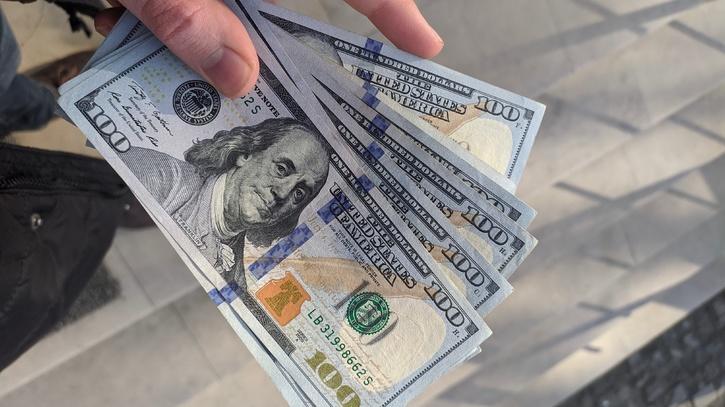A Global Perspective on Financial Stability
In today’s interconnected global economy, foreign exchange reserves play a crucial role in maintaining economic stability and fostering international trade. To assist in decision-making for international businesses and policymakers, it is essential to monitor the forex reserves held by the world’s leading economies. This article presents a comprehensive overview of countries with the largest foreign exchange reserves, ranked in decreasing order.

Image: 1investing.in
Foreign Exchange Reserves: An Overview
Foreign exchange reserves, also known as international reserves, refer to the assets held by a country’s central bank in foreign currencies and gold. These reserves serve multiple functions including stabilizing the exchange rate, meeting international obligations, and providing a buffer against external shocks such as economic downturns or financial crises.
Top Countries with the Largest Foreign Exchange Reserves
As of the latest available data, the top 10 countries with the largest foreign exchange reserves in descending order are as follows:
| Rank | Country | Foreign Exchange Reserves (USD) |
|---|---|---|
| 1 | China | 3.2 trillion |
| 2 | Japan | 1.2 trillion |
| 3 | Switzerland | 882.9 billion |
| 4 | Russia | 630.6 billion |
| 5 | India | 630.5 billion |
| 6 | Saudi Arabia | 490.2 billion |
| 7 | Hong Kong (SAR – China) | 440.1 billion |
| 8 | Singapore | 339.4 billion |
| 9 | South Korea | 329.3 billion |
| 10 | Brazil | 308.1 billion |
Latest Trends and Developments
The global foreign exchange reserves landscape is constantly evolving. Recent trends and developments include:
- China’s Dominance: China continues to hold the largest foreign exchange reserves, albeit with a gradual decline in recent years.
- Emerging Markets’ Rise: India, Brazil, and other emerging markets are increasing their foreign exchange reserves, diversifying their economies and mitigating external risks.
- Geopolitical Tensions: The Russia-Ukraine conflict and other geopolitical tensions can impact foreign exchange reserves, leading to sudden movements or changes in reserve management strategies.

Image: www.indiatimes.com
Tips and Expert Advice
For readers seeking a deeper understanding of foreign exchange reserves, here are a few tips and advice from experts:
- Monitor Reserve Coverage: Assess the adequacy of foreign exchange reserves in relation to a country’s import needs and external debt obligations.
- Diversify Reserve Holdings: Diversify foreign exchange reserves across different currencies, reducing exposure to specific currency risks.
- Consider Macroeconomic Factors: Be aware of macroeconomic factors such as inflation, fiscal policy, and economic growth when managing foreign exchange reserves.
FAQs
Q: What is the purpose of foreign exchange reserves?
A: Foreign exchange reserves provide a buffer against external shocks, stabilize the exchange rate, and facilitate international trade.
Q: Can a country run out of foreign exchange reserves?
A: Yes, a country can deplete its foreign exchange reserves if it faces a high demand for foreign currency and limited inflows.
Q: How does a country increase its foreign exchange reserves?
A: Countries can increase foreign exchange reserves through export surpluses, foreign direct investment, and borrowing from international institutions.
Countries In The Order Of Decreasing Forex Reserves
Conclusion
Foreign exchange reserves play a critical role in maintaining economic stability and fostering global trade. Understanding the countries with the largest foreign exchange reserves provides insights into their economic resilience and global economic dynamics. By leveraging this information, policymakers and businesses can make informed decisions that contribute to economic growth and mitigate financial risks.
Are you interested in learning more about foreign exchange reserves and their implications for the global economy?






